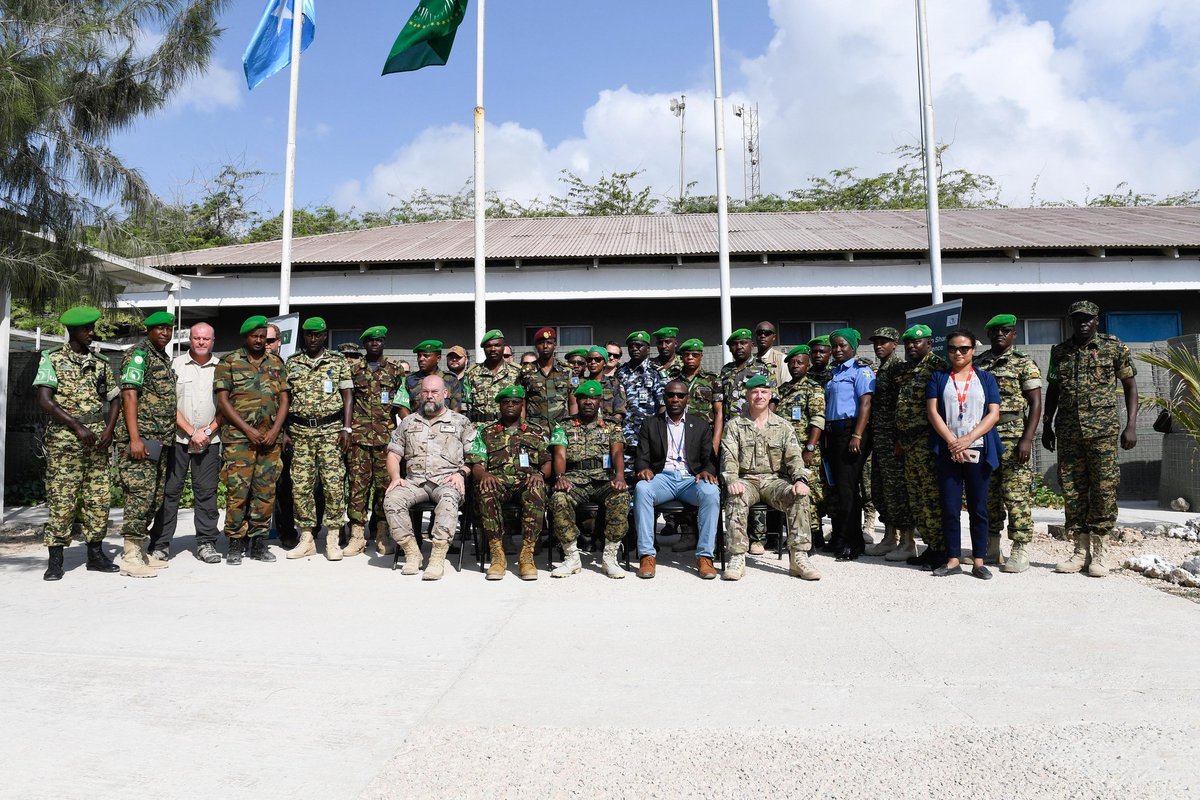
Anxiety is piling at the African Union Mission in Somalia (Amisom) after the continued movement of Kenya Defence Forces (KDF) troops from bases in Somalia towards the Kenyan border.
According to investigations, differences on how to run military operations and the eventual withdrawal of troops have created bad blood between Amisom commanders in Somalia and military chiefs in Nairobi, threatening to result into a fallout.
In Nairobi, military chiefs who have been holding a series of meetings over the happenings in Somalia are said to be unhappy with the operations of the mission.
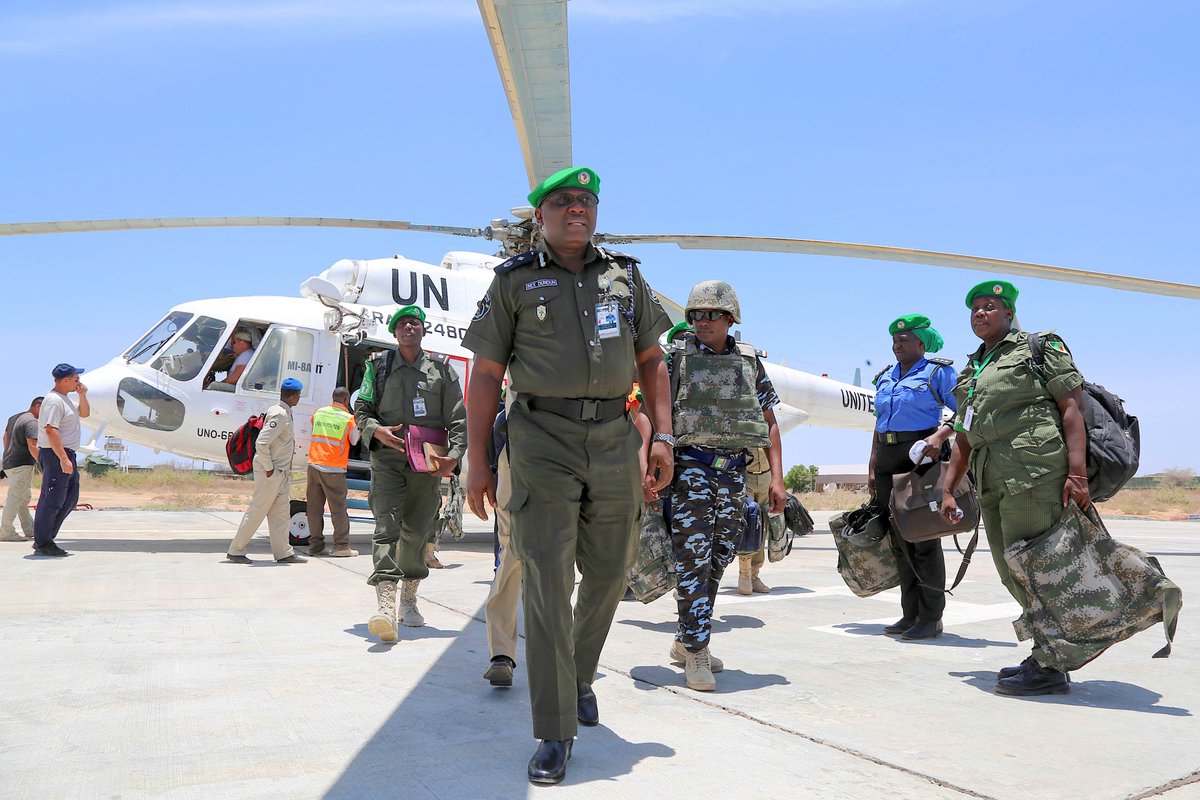
In Mogadishu, Amisom commanders from other contributing countries have been uneasy about the Kenyans and while speaking in low tones, have accused KDF of behaving like a big brother and demanding special attention within Amisom.
The issue got worse a few weeks ago after KDF withdrew its soldiers from military bases and forward operating bases in the Gedo region, a move which Somali leaders claim could affect security progress achieved so far.
Gedo, Lower Juba and Middle Juba regions make up the state of Jubaland, whose president is Ahmed Madobe, a Kenyan ally.

To date, KDF has declined to respond to queries on what transpired or orchestrated the sudden withdrawal, a move that has been criticised within Amisom and in Villa Somalia, the official residence of the Somali president, according to sources.
Instead of giving an official response on behalf of the Kenyan military, KDF spokesperson Colonel Paul Njuguna referred the media to Amisom.
“The sectors are strategically realigning their forces to offer effective protection to Somali populations and support the Somali National Army as they pacify their areas of responsibility,” Lieutenant-Colonel Richard Omwega, the Amisom spokesperson, said.
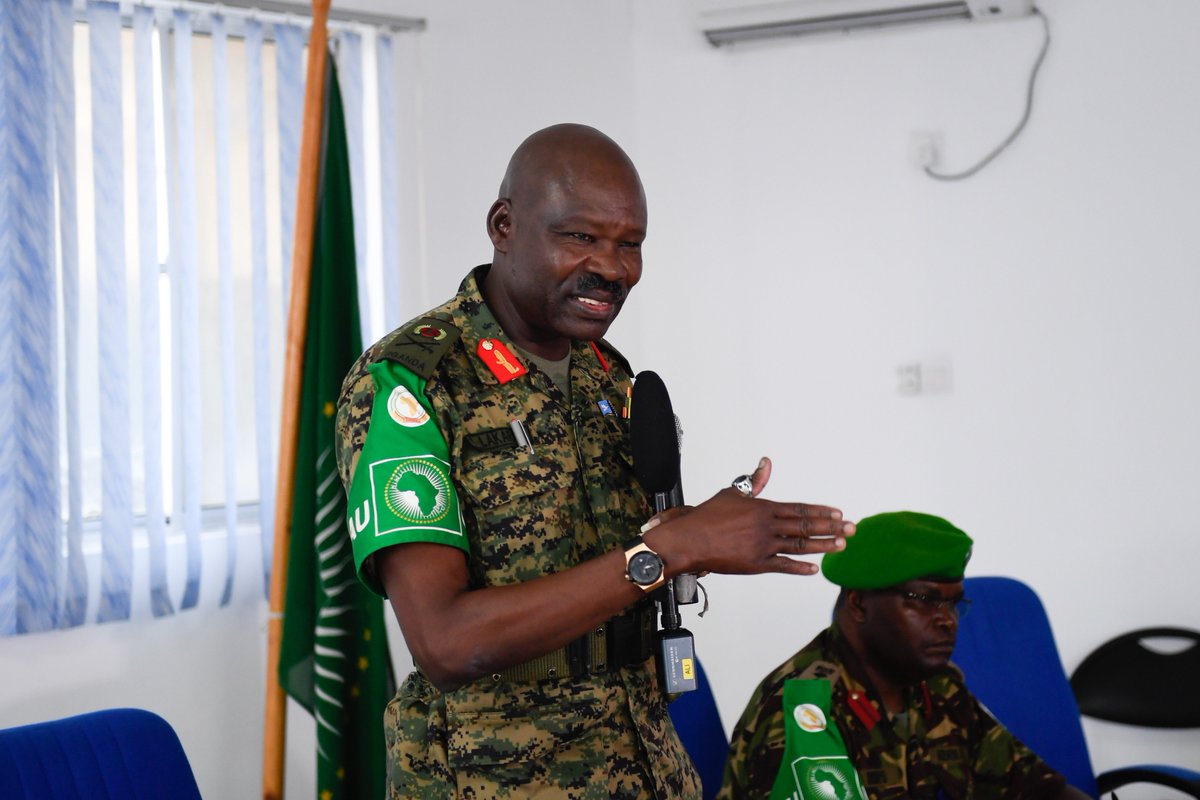
Lt-Col Omwega further stated that the movements “would create viable conditions as Amisom prepares for condition-based handover of national security responsibility to Somalia Security Forces as stipulated in the UNSCR 2431 and in line with Somalia Transition Plan.”
“Amisom is committed to supporting the (Federal Government of Somalia (FGS) to defeat Al-Shabaab and free Somali population from the oppressive evils of Al-Shabaab’s extortion and summary killings,” the mission further stated.
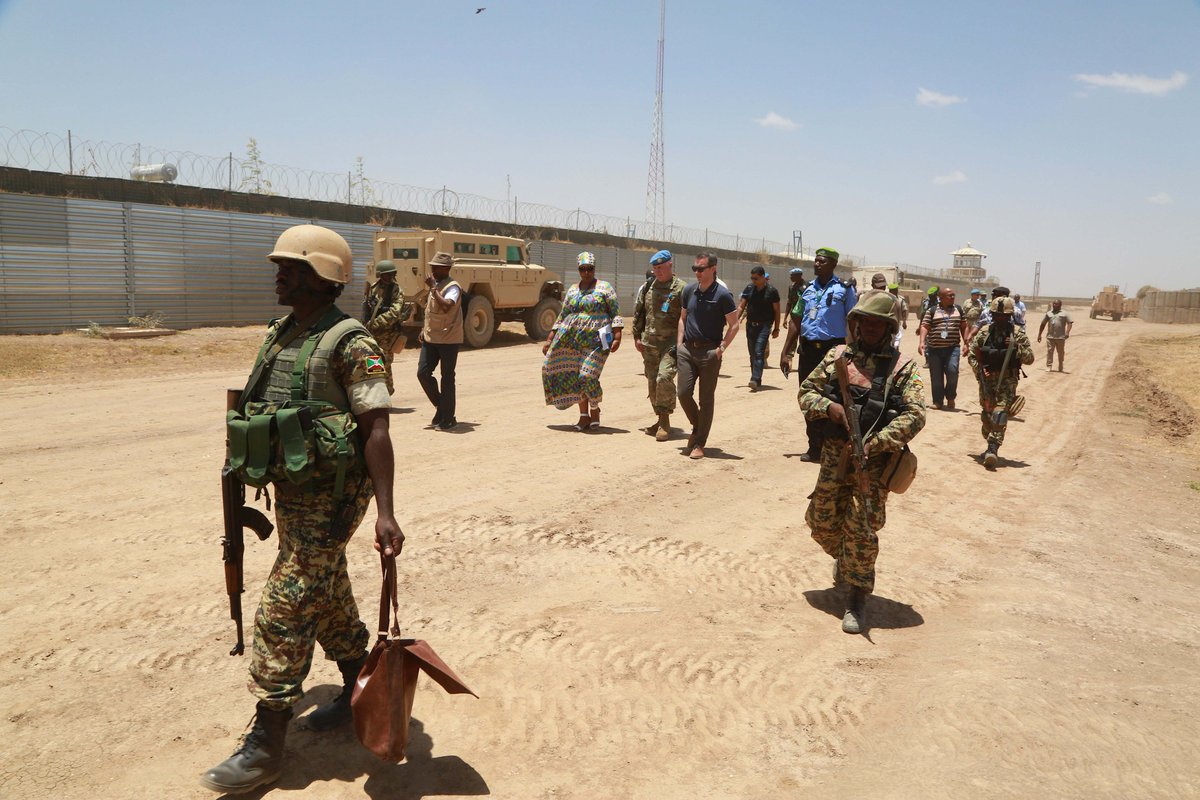
Whereas the Nation learnt that Kenyan troops had crossed the border, Amisom denied any knowledge. “As far as Amisom is concerned, no troops have crossed the border to Kenya,” Lt-Col Omwega said.
Uganda has the largest number of troops in Amisom, followed by Burundi, while Djibouti has the least. Following a UN Security Council resolution, Amisom’s strength was supposed to reduce from 22,126 uniformed personnel to 21,626 in December 2017.
Part of the UN resolutions was to have 1,000 troops withdrawn by February.
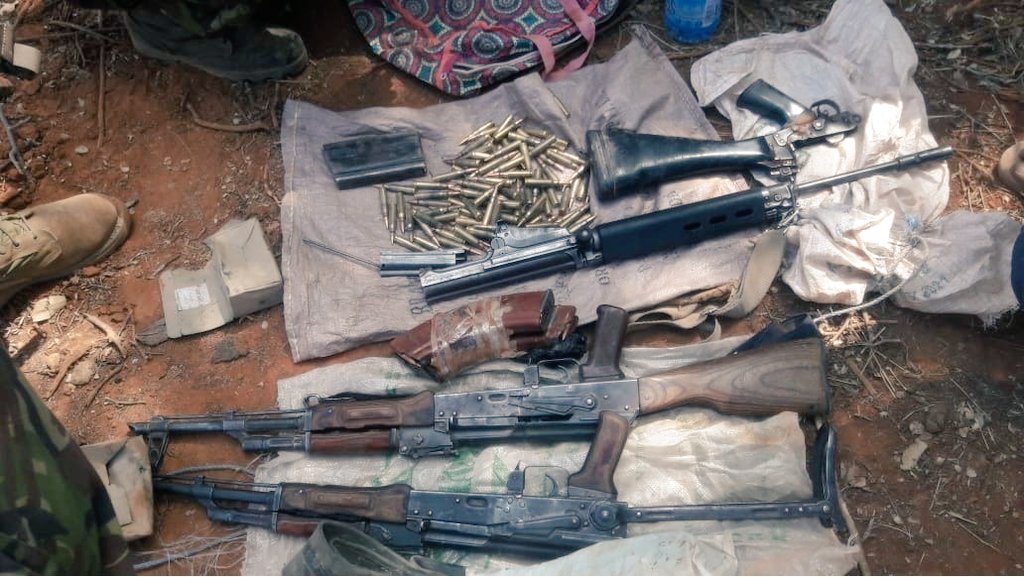
But in a meeting held last month in Ethiopia, the AU Peace and Security Council recalled the decision by the UN Security Council on the reduction of 1000 Amisom troops by February.
The withdrawal of troops was a major highlight during the joint AU-UN review meeting held as from March 11 to 16 in Somalia.
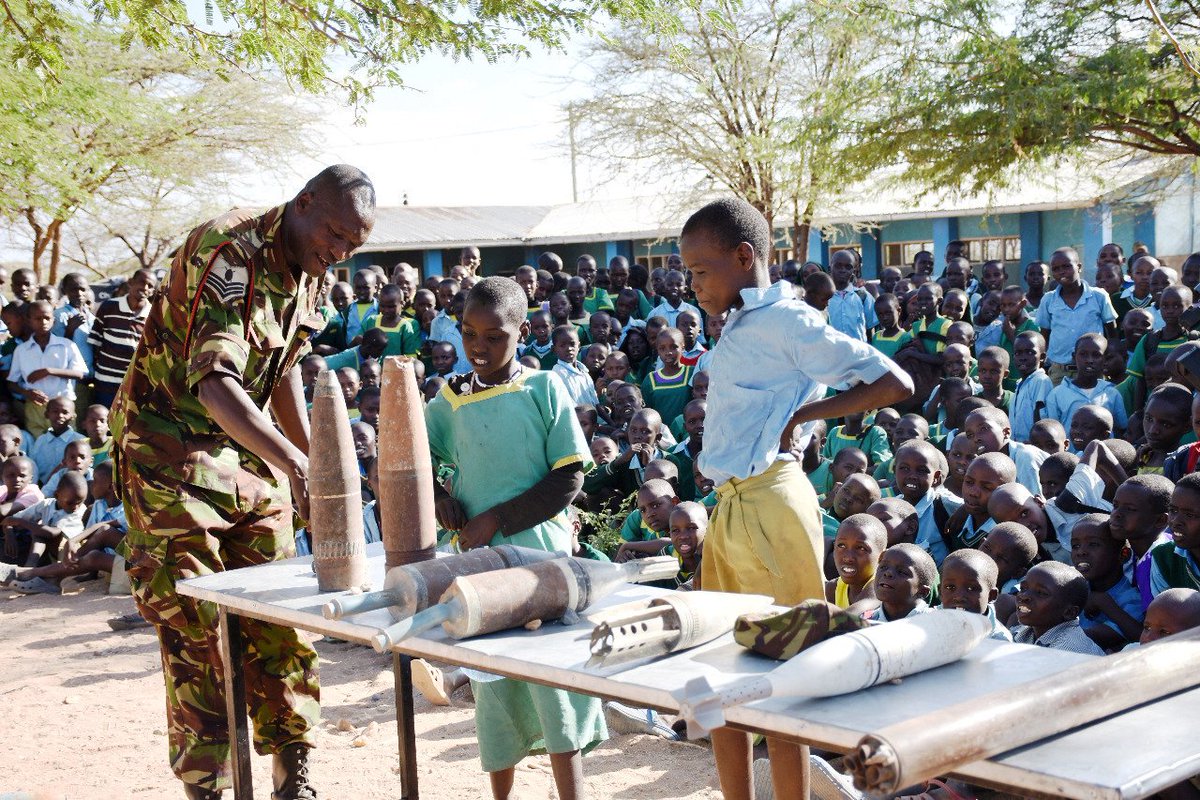
“The meeting evaluated the steps taken by the Amisom in implementing tasks under the Somalia Transition Plan, as mandated by the UN Security Council Resolution 2431 (2018). The outcome of this review will be presented to the AU Peace and Security Department and the UN Security Council,” Lt-Col Omwega said.
The Somalia Transition Plan sets priority activities to be undertaken by Amisom before the 2020/2021 one-person-one-vote election, leading to Amisom’s final exit from the country that was besieged by clan and civil wars from the early 1990s.
About a week ago, Kenyan troops moved out of the Busar military base, the area which for years served as the KDF command centre in the northern sector of Jubaland.
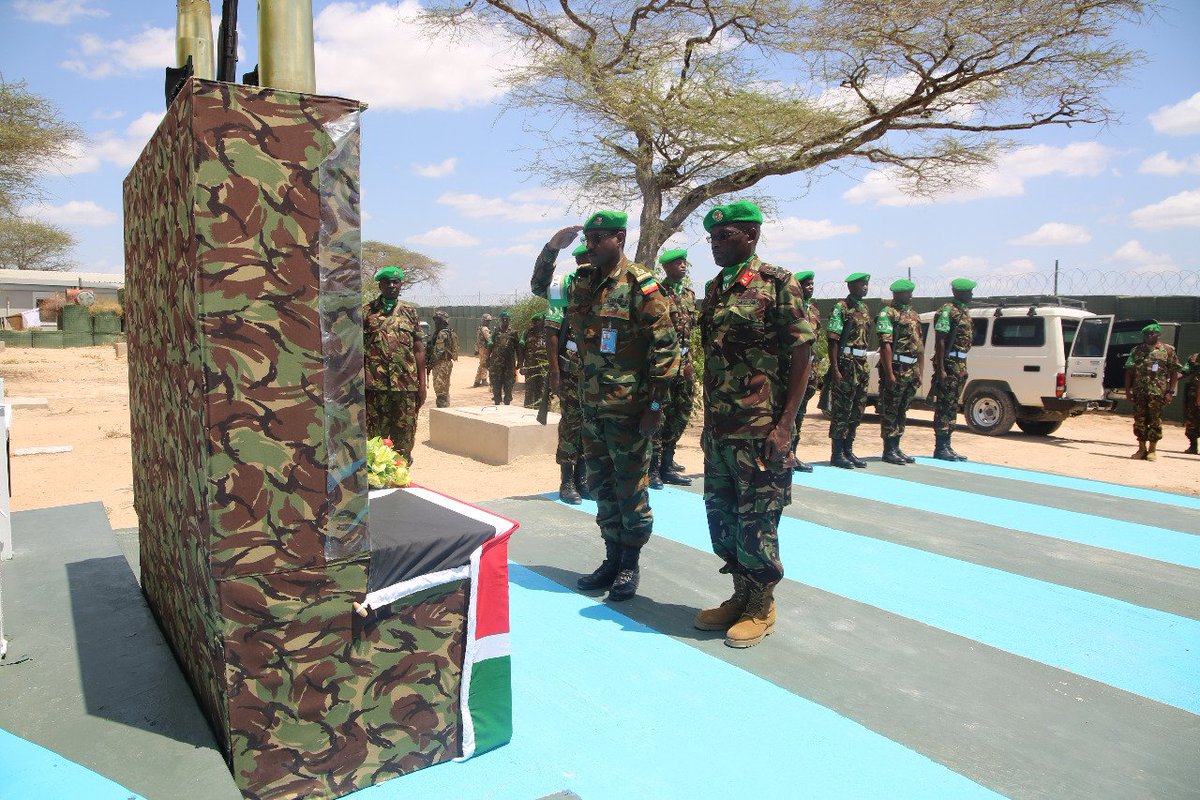
Busar is in Gedo region, where KDF recorded their greatest loss in history during the El Adde attack, where about 200 soldiers died.